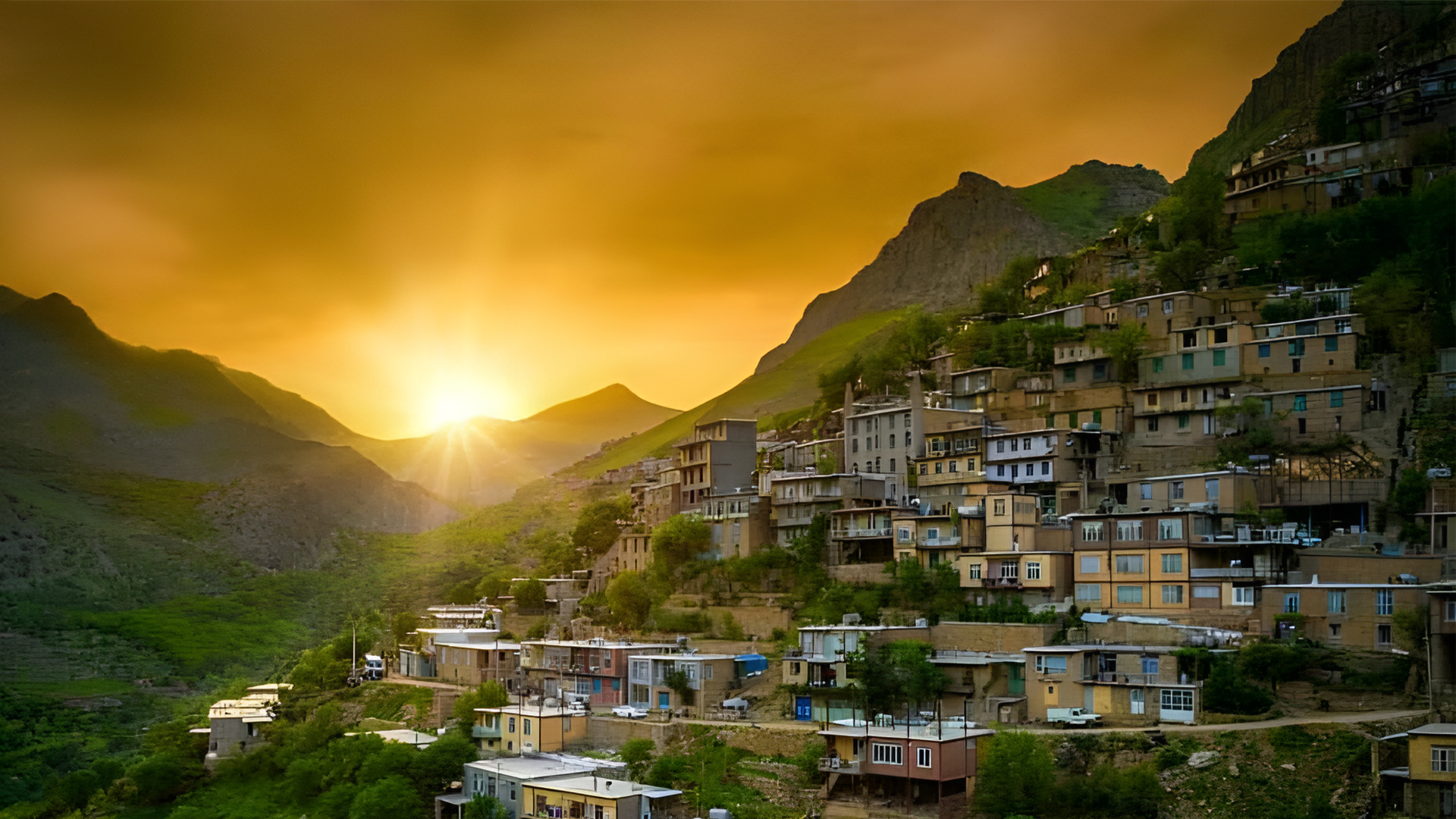Eastern Kurdistan’s Hajij Village Nominated for UNESCO World Heritage Listing
The historic Kurdish village of Hajij in eastern Kurdistan (Iran) has been nominated for UNESCO's 2027 World Heritage list. Located in the Hawraman region, the village is renowned for its unique stepped architecture, ancient cultural heritage, and archaeological sites dating back 40,000 years.

ERBIL (Kurdistan 24) – The historic village of Hajij, located in the Paveh district of eastern Kurdistan (Iran), has been nominated for inclusion in UNESCO’s 2027 list of the world’s best tourism villages, highlighting its unique cultural, historical, and natural significance.
Situated in the Nowsud district of Paveh, within the Hawraman region of eastern Kurdistan, Hajij lies deep in the Shahou Mountains near the Sirwan River. The village is renowned for its striking stepped architecture, where the rooftop of one house serves as the courtyard of the one above it — a hallmark of the traditional Hawrami mountain settlements.
The people of Hajij speak the Hawrami dialect of the Kurdish language and have preserved a rich cultural heritage reflected in their lifestyle, traditional crafts, and religious landmarks. The village’s untouched natural beauty, crystal-clear springs, and ancient sites attract thousands of tourists each year, making Hajij one of the most popular destinations in the region.
Among its sacred and historical landmarks is the shrine of Imamzadeh Seyyed Obaidullah, known locally as Kosey Hajij, which draws visitors and pilgrims from across the region. Other notable attractions include the “Bel Spring,” the source of what is considered the world’s shortest river, as well as the ancient “Hajij Bathhouse” and the “Chelleh House,” all of which have been officially registered as national heritage site.
Archaeological excavations around Hajij indicate that the area has been inhabited since the Paleolithic era, with discoveries showing evidence of human settlement dating back more than 40,000 years.
Aziz Mostafaei, head of the Cultural Heritage, Tourism, and Handicrafts Department in Paveh, told Iran’s Fars News Agency that “Hajij village possesses all the essential criteria required to be listed among UNESCO’s best tourism villages.”
Hajij’s traditional handicrafts — including handmade giveh shoes, jajim weaving, and felt-making — have played a vital role in boosting local tourism and promoting sustainable ecotourism development, turning the mountain village into a living symbol of Hawraman’s cultural continuity and resilience.
